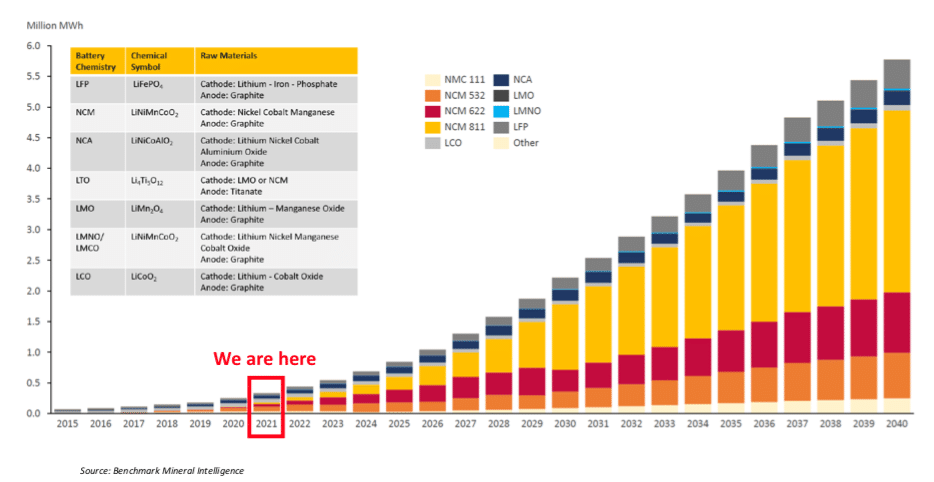Purified spherical graphite is a key component of lithium-ion batteries, which is why a handful of companies across the world are racing to become the first producers outside of China, as the global wave of demand begins begins to peak.
South Australian company Renascor Resources seems to have taken a lead in the race, announcing that it has raised enough to fund its Siviour battery anode material project to the construction phase, which is set to begin in 2022.

The AUD 15 million ($11.6 million) fundraising was led by institutional investors in Australia and overseas. Their monetary commitments will fund the completion of all technical, regulatory and marketing work streams, as the company works toward reaching a final investment decision on the Siviour project, it said in a statement to the Australian Securities Exchange.
Renascor’s Siviour project is a vertically integrated battery anode material manufacturing operation in South Australia. It includes the AUD 118 million Siviour graphite mine and concentrator on the Eyre Peninsula. It also includes a $90 million purified spherical graphite (PSG) manufacturing facility in Port Adelaide.
The company is sitting on the world’s second-largest proven reserve of graphite and the largest graphite reserve outside of Africa. It says it will be able to create graphite concentrate at among the lowest costs in the world, “competitive with current Chinese production and advantaged over other developments outside of China.”
There are a handful of other companies vying to get in early, banking on market appetite for diversifying purified spherical graphite supply chains outside of China. Norway, Sweden and Germany are all in the game, and Australian startup International Graphite is well on its way, too.
International Graphite’s CEO Neil Rinaldi believes increased production will drive demand. “There’s room of us, there’s room for others. I think the industry only benefits from having more participants,” he told pv magazine Australia.
This content is protected by copyright and may not be reused. If you want to cooperate with us and would like to reuse some of our content, please contact: editors@pv-magazine.com.




By submitting this form you agree to pv magazine using your data for the purposes of publishing your comment.
Your personal data will only be disclosed or otherwise transmitted to third parties for the purposes of spam filtering or if this is necessary for technical maintenance of the website. Any other transfer to third parties will not take place unless this is justified on the basis of applicable data protection regulations or if pv magazine is legally obliged to do so.
You may revoke this consent at any time with effect for the future, in which case your personal data will be deleted immediately. Otherwise, your data will be deleted if pv magazine has processed your request or the purpose of data storage is fulfilled.
Further information on data privacy can be found in our Data Protection Policy.